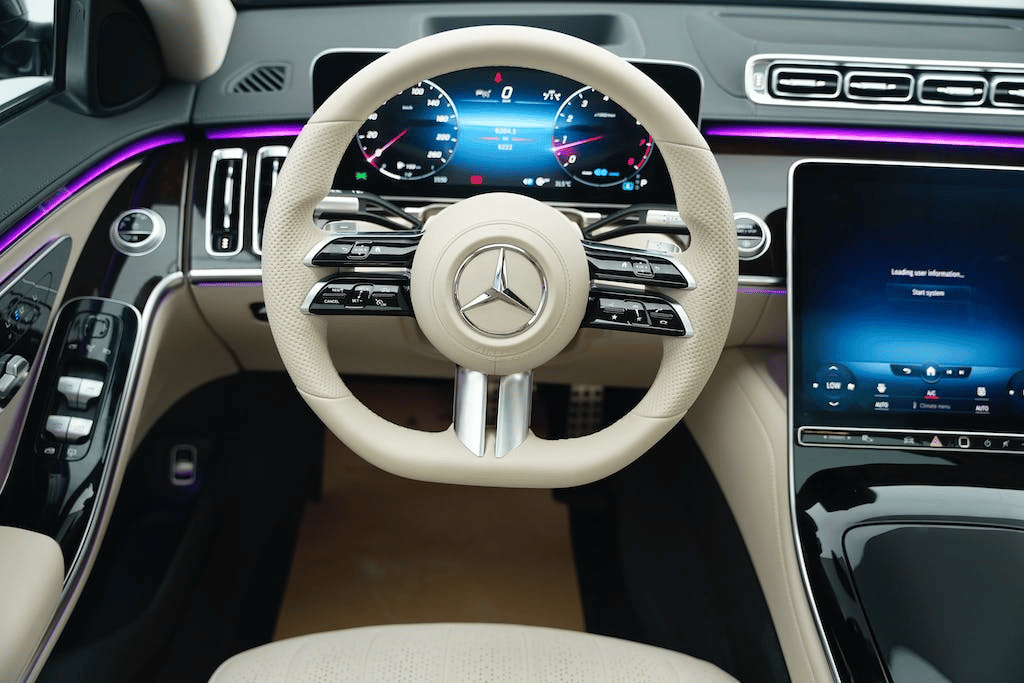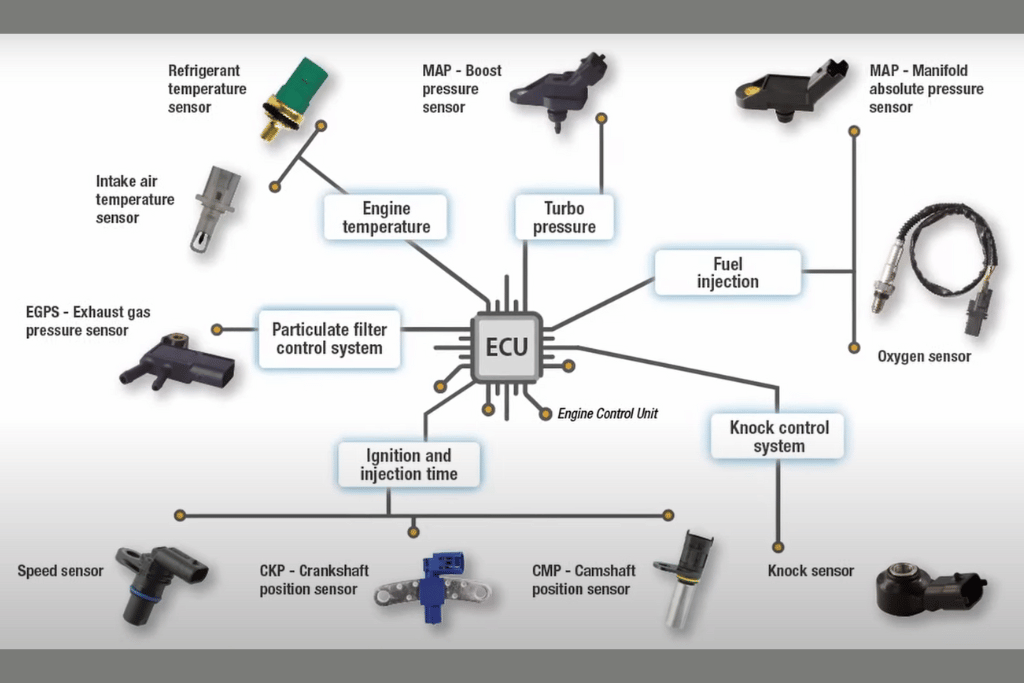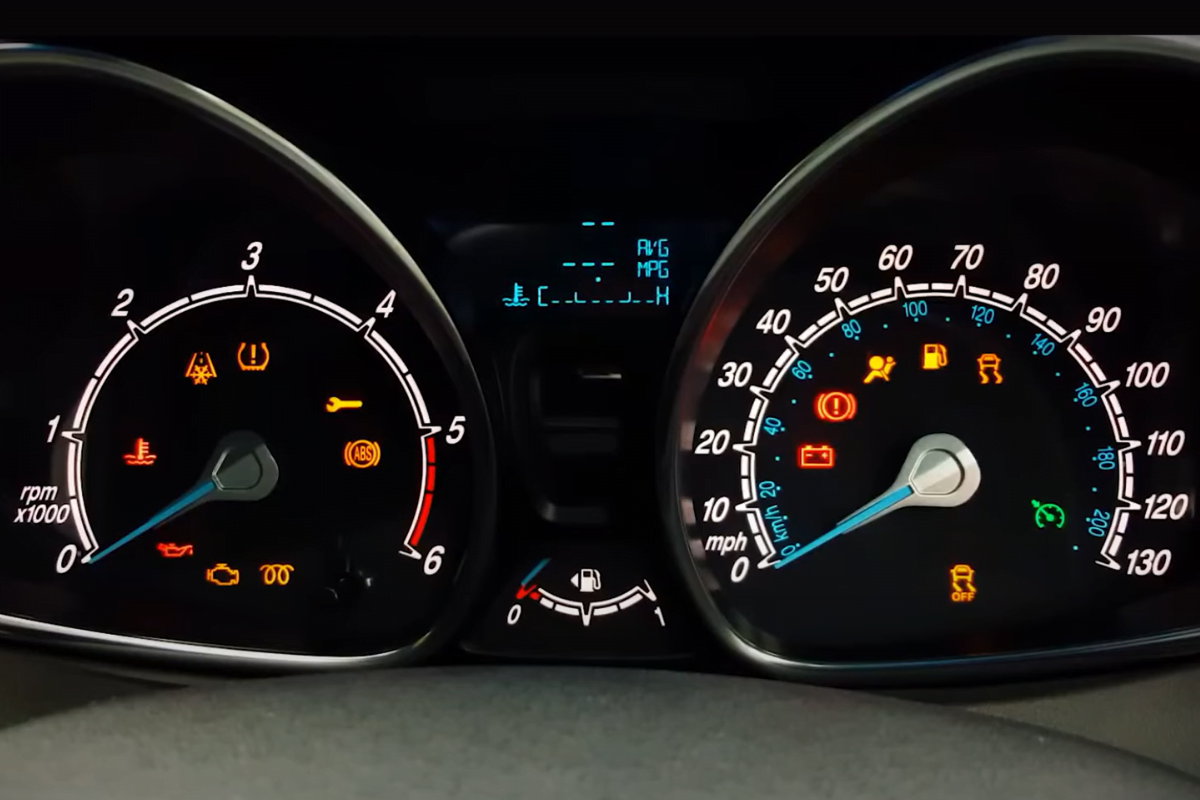Car Diagnostic Test
Hey there, fellow U.S. drivers! We all know that sinking feeling when those warning lights on our dashboard start playing their own version of disco. It’s like your car’s way of saying, “Hey buddy, we need to talk.” Ignoring these blinking signals might seem like a small rebellion, but let’s dive into why a diagnostic test is the superhero your car needs.
The Fear of Warning Lights: Every Driver’s Nightmare
You’re cruising down the highway, enjoying your favorite tunes, and suddenly, there it is—the dreaded warning light. Maybe it’s the check engine light, the tire pressure warning, or the mysterious one that looks like a little engine. Panic sets in, and you’re left wondering, “Can I ignore this?”

The truth is, these warning lights are not just car decorations. They’re like the car’s way of sending an S.O.S. signal, telling you that something’s not right under the hood. Ignoring them? Well, that could lead to a chain reaction of problems.
Ignoring = Dangers Ahead!
Imagine this: You ignore the check engine light, and life goes on. But here’s the kicker—what if that innocent-looking light was trying to tell you about a potential brake issue or a failing transmission? Ignoring it might turn that minor hiccup into a major car catastrophe.
These warning lights are like your car’s early warning system. They detect issues before they turn into full-blown problems. Ignoring them is like turning a blind eye to your car’s cries for help. So, what’s the solution? Enter the superhero of the day—the diagnostic test!

Diagnostics: Revealing Hidden Issues
So, what’s this diagnostic test, you ask? It’s like a doctor’s check-up for your car. When you take your car in for a diagnostic test, it’s like giving it a thorough health check. The magical machines connect to your car’s computer and spill the beans on any hidden issues.
Did you know that your car’s computer stores a treasure trove of information about its performance? A diagnostic test taps into this wealth of data, revealing everything from engine troubles to transmission tantrums. It’s like giving your car a voice, and it says, “Here’s what’s bothering me.”

Cost and Time: No Excuses!
Now, you might be thinking, “Great, but how much is this going to set me back, and how long will it take?” Here’s the good news—it’s not as scary as you think. Diagnostic tests are relatively quick, and the cost is way less than fixing a major problem that could arise from ignored warning lights.
How much does it cost for a vehicle diagnostic test? Well, the cost varies, but on average, it’s in the range of $50 to $100. Think of it as an investment in your car’s well-being and your peace of mind.
What all is covered in the car diagnostic test? A comprehensive health check for your vehicle covers various essential components. Here’s a brief overview of what’s typically covered:
| Component | Diagnostic Test Coverage |
|---|---|
| 1. Engine Performance | – Identification of engine misfires. |
| – Analysis of fuel injector performance. | |
| – Evaluation of ignition system efficiency. | |
| 2. Emissions System | – Examination of exhaust system components. |
| – Detection of issues affecting emissions control. | |
| 3. Transmission | – Assessment of transmission’s shifting performance. |
| – Identification of potential transmission issues. | |
| 4. Brake System | – Monitoring of ABS (Anti-lock Braking System) functionality. |
| – Inspection of brake fluid condition and brake pad wear. | |
| 5. Fuel System | – Examination of fuel pump and fuel pressure. |
| – Analysis of fuel injector balance and performance. | |
| 6. Ignition System | – Assessment of ignition coil performance. |
| – Detection of issues affecting spark plugs. | |
| 7. Electrical System | – Evaluation of battery health and charging system. |
| – Inspection of alternator performance. | |
| 8. Cooling System | – Monitoring of coolant temperature and radiator condition. |
| – Identification of issues affecting the cooling fan. | |
| 9. Sensors and Modules | – Checking functionality of various sensors (e.g., oxygen sensors). |
| – Inspection of control modules for any malfunctions. | |
| 10. Air Conditioning and Heating | – Assessment of HVAC (Heating, Ventilation, and Air Conditioning) system. |
| – Detection of issues affecting climate control. | |
| 11. Suspension System | – Examination of shocks and struts for wear. |
| – Analysis of overall suspension system performance. | |
| 12. Exterior Lights and Indicators | – Checking functionality of headlights, brake lights, and turn signals. |
| – Identification of any electrical issues affecting exterior lighting. | |
| 13. Onboard Computer Systems | – Reading and interpreting diagnostic trouble codes (DTCs). |
| – Analysis of data stored in the vehicle’s onboard computer. |
Keep in mind that the specifics of a diagnostic test may vary depending on the service provider and the equipment they use. However, a thorough diagnostic test typically covers these crucial aspects, providing a comprehensive overview of your vehicle’s health.
Think of it this way: Ignoring warning lights might seem like a money-saving move, but in the long run, it’s like playing with fire. A diagnostic test is your fire extinguisher, preventing those small sparks from turning into a blazing inferno of repair bills.
Be Your Car’s Hero
In a nutshell, don’t let those warning lights become the villains in your car’s story. Be the hero, schedule a diagnostic test, and save yourself from the drama of unexpected breakdowns and hefty repair bills.
Your car is trying to tell you something—listen to it! Give it the TLC it deserves with a diagnostic test, and you’ll be back on the road, worry-free. After all, a healthy car is a happy car, and a happy car means a happy driver. Stay safe on the roads, fellow drivers!






